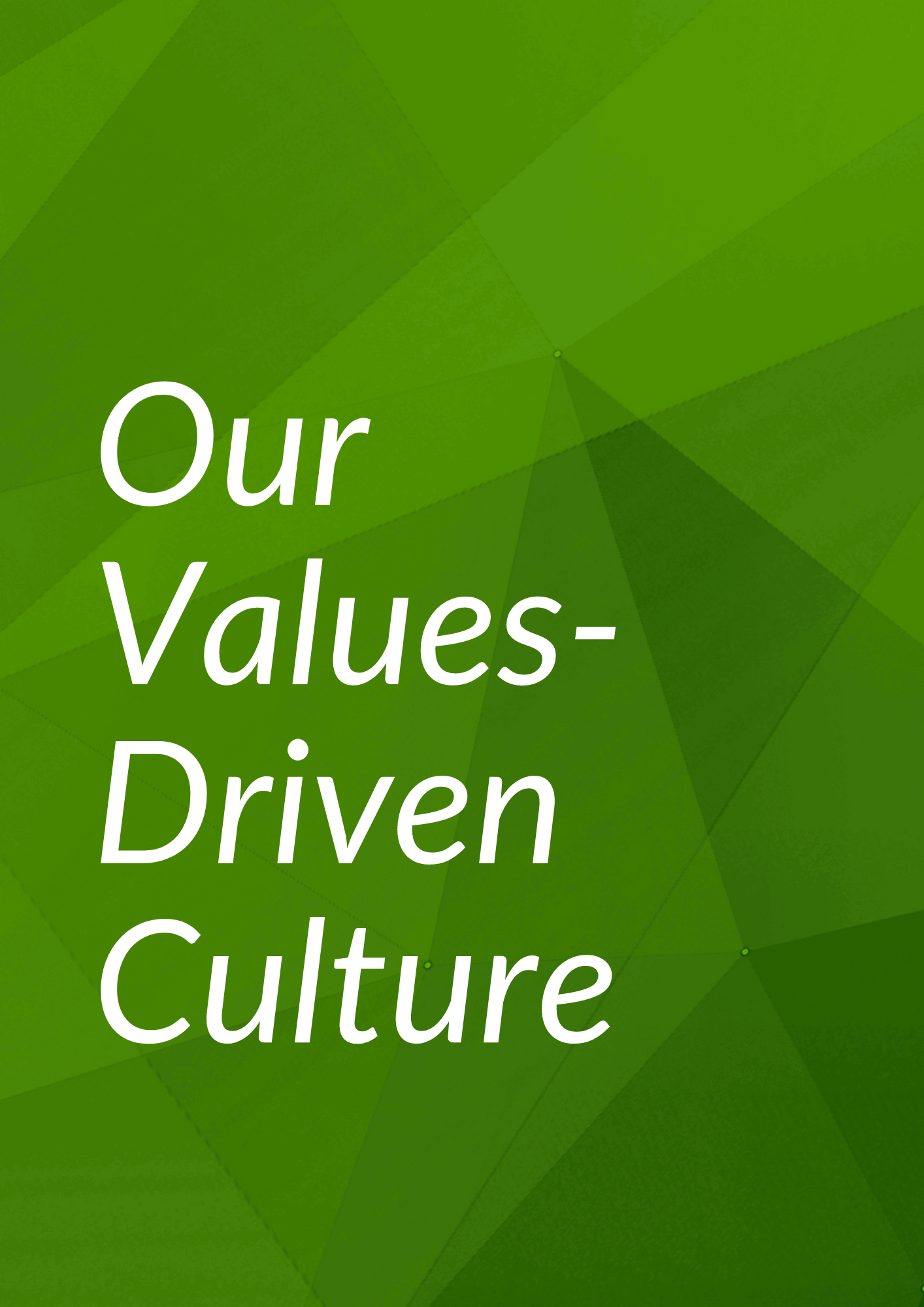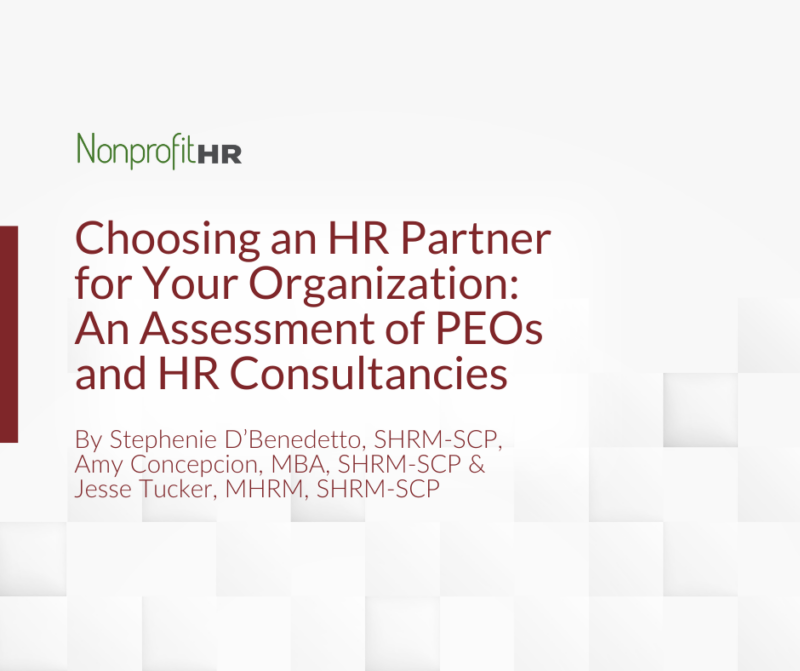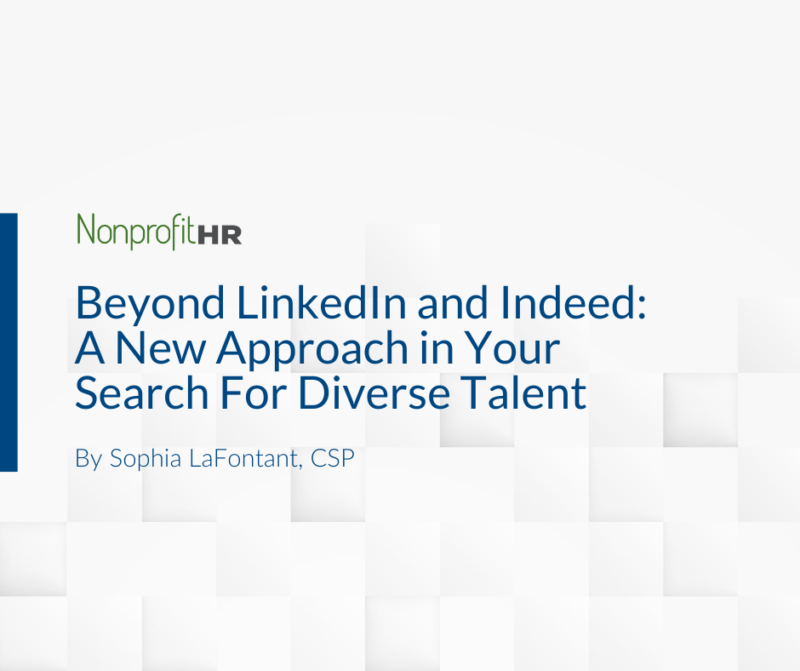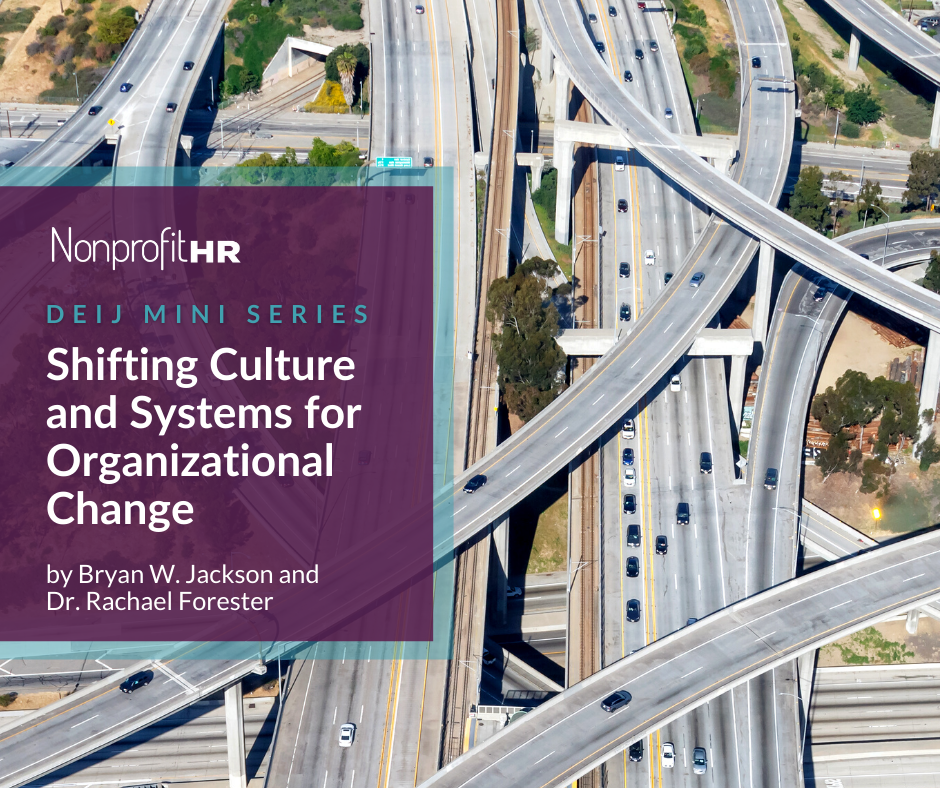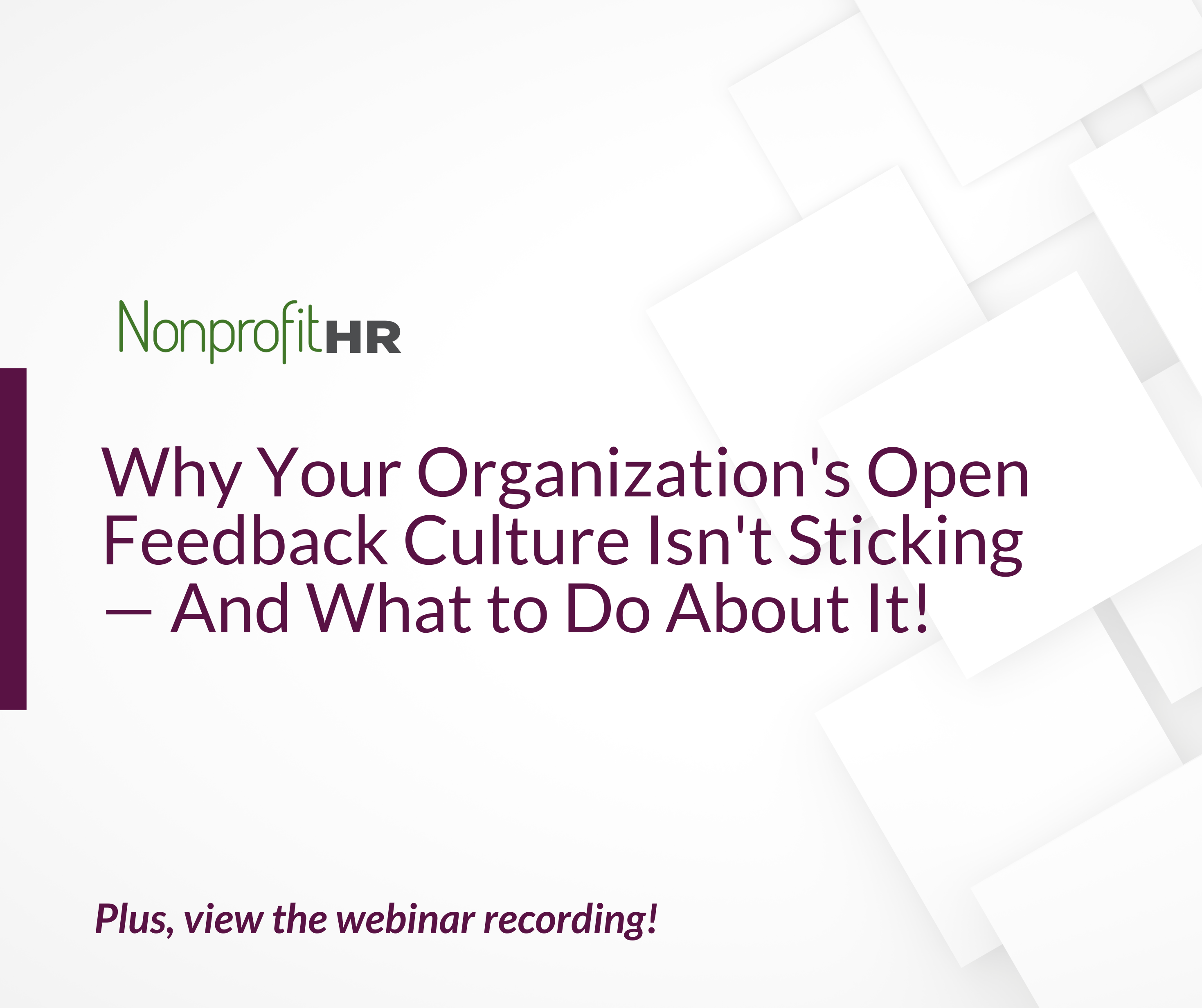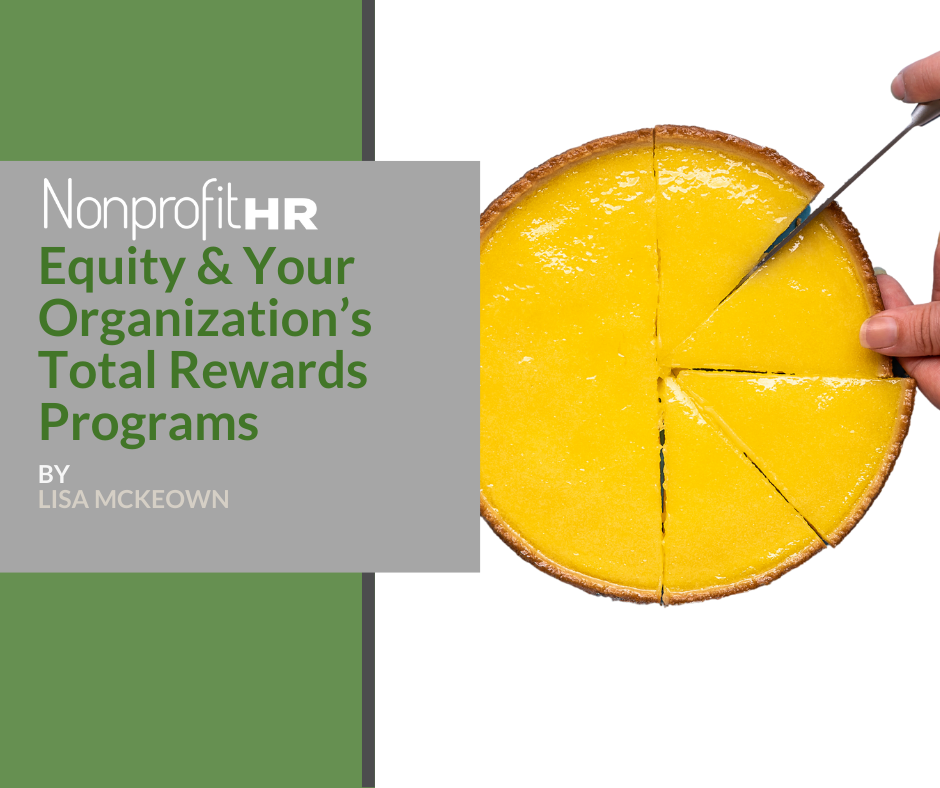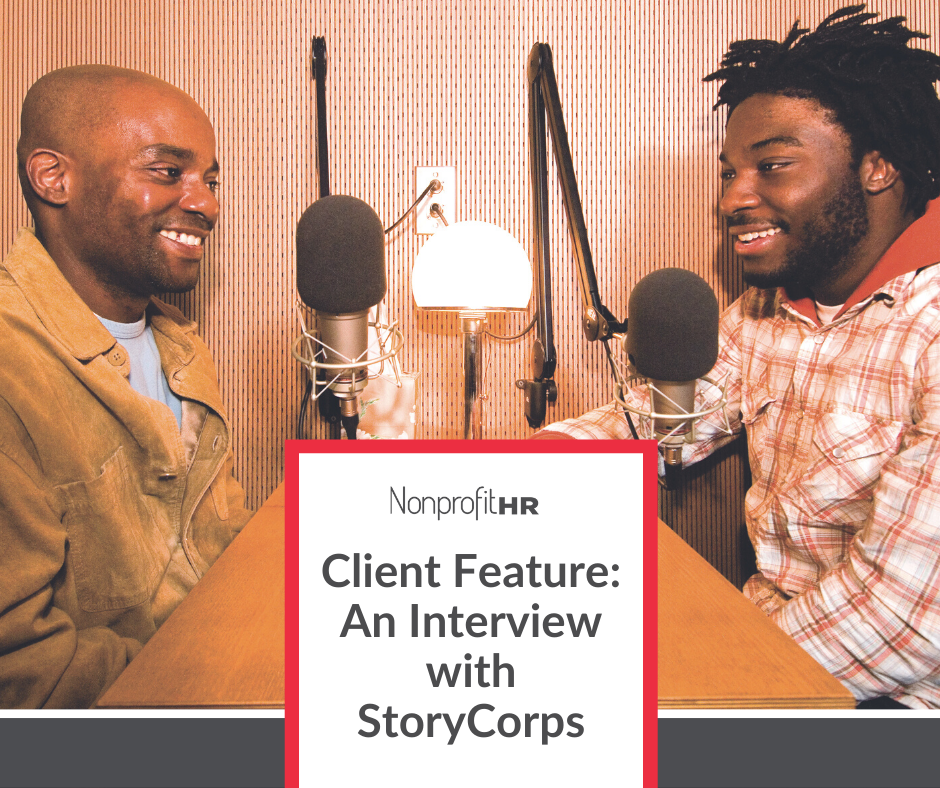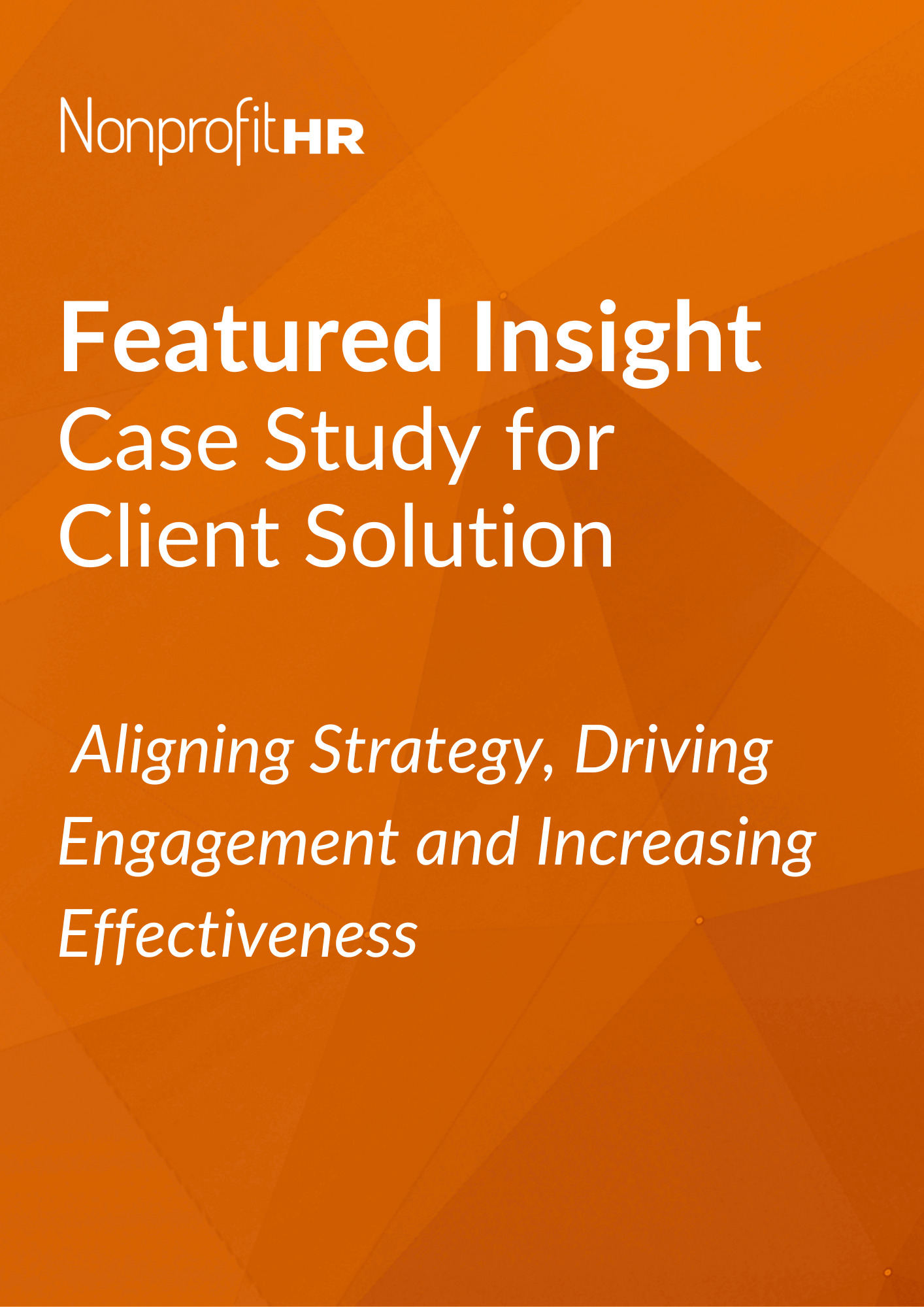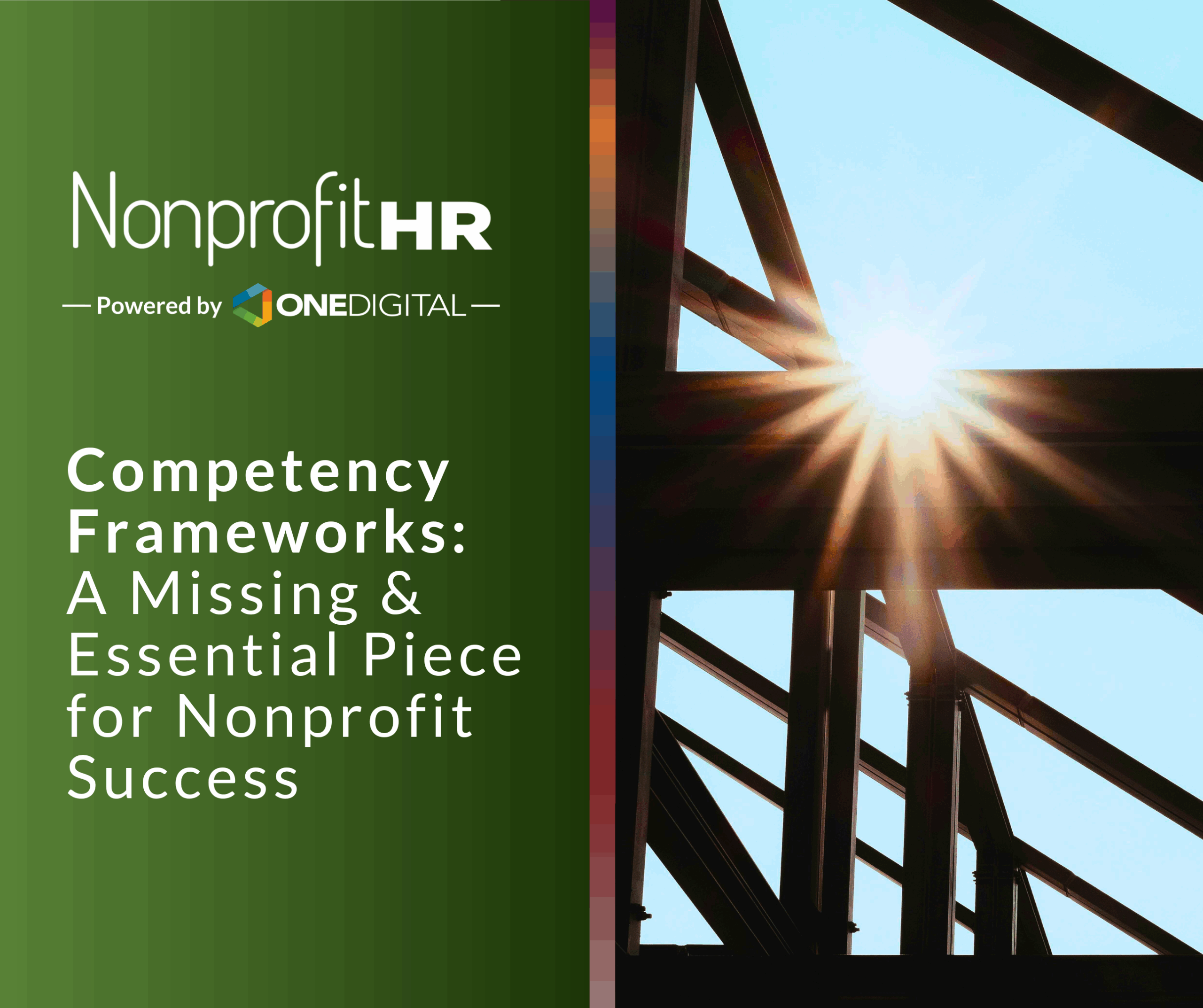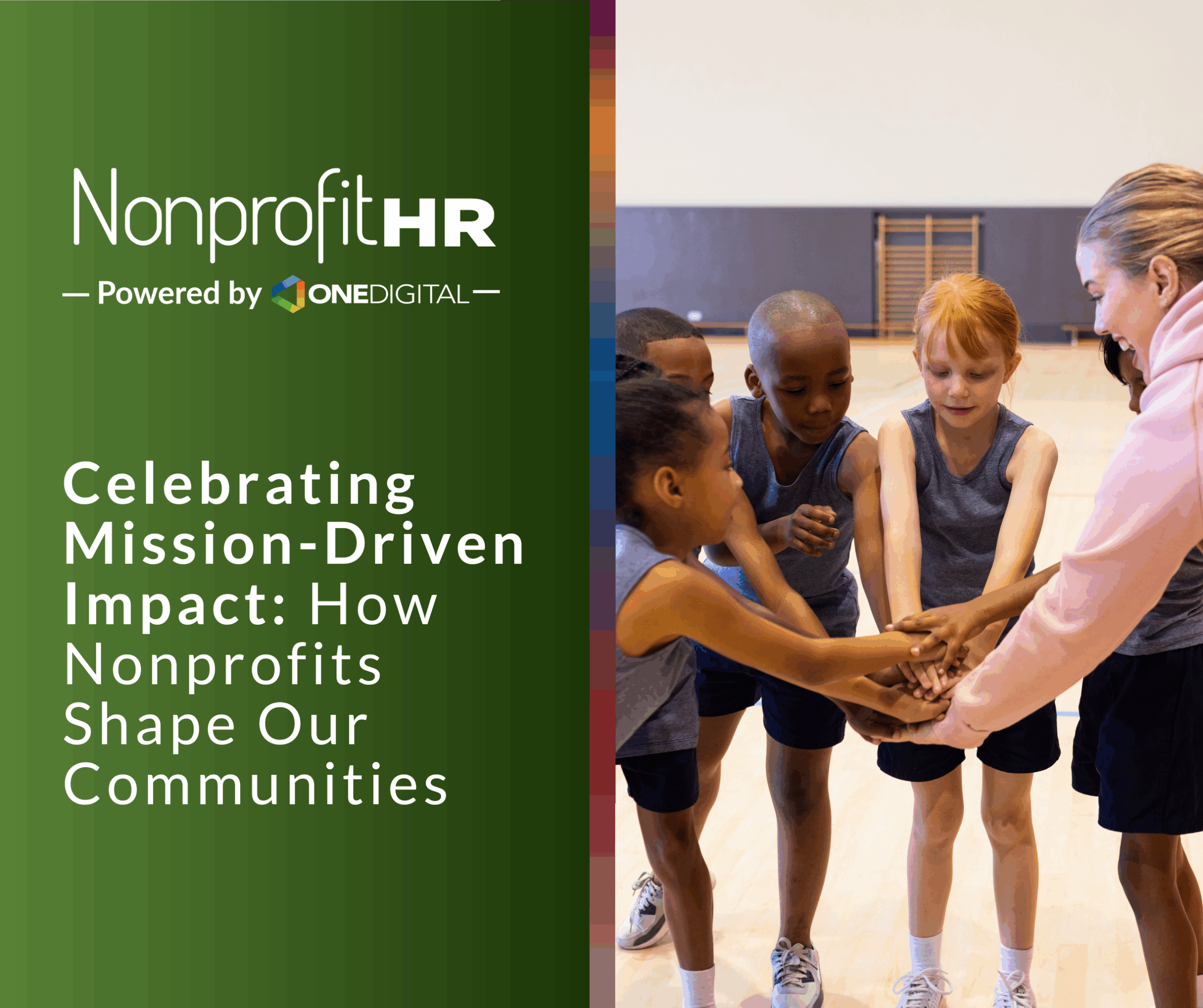WTOP: 5 ways nonprofits can…
Having deeply studied workplace incivility through the lens of business psychology, we’ve seen how this can quickly and quietly erode team cohesion, morale and performance across nonprofit environments. In fact, recent research calls it “epidemic” and “cancerous” (Agarwal et al., 2023; Taylor & Locklear, 2022). In nonprofits, where emotional labor is high and resources are tight, the cost of incivility is especially steep.
Incivility at work isn’t confined to boardrooms or high-pressure transactions. It shows up across industries and sectors, including nonprofits. More specifically, and according to SHRM’s Q1 2025 Civility Index, 56 percent of daily acts of incivility occur in the workplace. What’s more, the Index also shows that 68 percent of employees say their managers prioritize business goals over how people are treated. One reason incivility may be hiding in your organization is because only 30 percent report incidents when they happen, also according to the Index. Organizational culture is not sector-specific, and neither is the cost of ignoring it.
|
What Is Workplace Incivility, Really? Incivility is subtle disrespectful and rude behavior, often ambiguous in intent. Common examples include repeatedly being interrupted in meetings, being excluded in meetings by colleagues, basic lack of consideration, gossiping, eye-rolling and more overt behaviors such as yelling and belittling. While these behaviors are not as severe as bullying or harassment, they can escalate if left unaddressed and contribute to a toxic work environment. As Murrell (2018) puts it, incivility is psychological harassment and emotional aggression. In mission-driven spaces, it can feel like a betrayal of shared values, especially when much of the work can be emotionally taxing. Recent commentary on workplace incivility has some professionals questioning how it is different or similar to microaggressions. It is important to distinguish that workplace incivility is inclusive of any negative behaviors that have intent to harm or cause negative feelings or negative consequences to someone, and are often rooted in a general lack of respect. Differently, microaggressions, while often similar in impact, are distinguished by the fact that they are targeting an individual based on their identity. For simplicity, workplace incivility is more akin to a universal negative culture norm that is experienced by a wide range of people regardless of identity, while microaggressions are targeting a specific group or individual in the workplace based on identity. |
 |
Why It’s Rising & What Drives It, Especially in Nonprofits
The concept of workplace incivility emerged in the late 1990s, coined by Andersson and Pearson (1999), and has been on the rise since then.
At the individual level, burnout, reductions in resources and collaborators at work, an ongoing need to maintain and display high emotional intelligence, and poor self-awareness are key drivers. Organizationally, leadership style and culture matter immensely as this creates the setting in which staff are engaging. When leaders fail to model respect or address toxic behaviors, incivility spreads. In nonprofits, where hierarchies are often flat and roles are becoming more fluid, the lack of clear boundaries can make it harder to call out or correct uncivil behavior.
Another major driver was the pandemic, which changed how we work and how we relate. Remote and hybrid models changed the dynamics required to develop social bonds and digital communication introduced new opportunities for misinterpretation to occur. Add to that the emotional toll of frontline service, stretched social services, political divisiveness, and economic uncertainty, and you get a perfect storm for incivility (Porath, 2022; Gallup, 2023).
Technology plays a role too. Quickly fired-off emails without context, Slack messages sent in haste or Zoom/Teams fatigue can all contribute to digital incivility. In environments where feedback is rare, unclear or not encouraged, especially around major decision making and change management, misunderstandings can fester.
Nonprofits workforces are particularly vulnerable to incivility. Many operate with increasing external pressures, lean teams, undefined career ladders and high emotional demands. In these settings, stress is constant, and the pressure to “do more with less” can erode patience, empathy, and sometimes, civility. Frontline staff, especially in community-facing missions, such as healthcare, education and human and social services, report the highest rates of incivility, both from coworkers and clients (Kim et al., 2023; Grandey, 2022).
The Fallout & What Can Be Done?
While incivility behaviors may be minor and ambiguous, the consequences are major. Incivility leads to emotional exhaustion, disengagement and voluntary turnover (Porath, 2022; Kim et al., 2023). For nonprofits, this means losing passionate people throughout an entire ecosystem consisting of staff, volunteers and those served, all of whom care deeply about the mission. It affects organizational culture, employer brand and reputation, both internally and externally. When incivility festers, teams become less collaborative, donors notice the dysfunction and clients feel the strain.
Although it adds complexity to the topic, it is necessary to also acknowledge that the negative impact of workplace incivility is not limited to direct targets. Bystanders, those who witness incivility, often experience stress and reduced trust. Over time, this creates a culture of silence and self-protection, both of which stifle innovation and inclusion.
In the current digital age of information, it is imperative that organizations seriously evaluate the culture that is being perpetuated by leaders and staff at all levels. It is now commonplace for employees to speak openly about positive and negative workplace experiences through internal feedback systems and professionally recognized external platforms such as Glassdoor, LinkedIn, Fishbowl, etc., and let’s not exclude private social media pages and channels. An organization that allows workplace incivility to perpetuate can be held accountable in the court of public opinion, which can add a multiplying factor of brand and reputation damage.
The good news is that incivility is preventable and even in extreme cases, can be minimized. Organizations can start by setting clear behavioral expectations coupled with immediately addressing violations, resetting their shared values and creating safe channels for reporting. Most importantly, leadership matters. When managers model respect and address issues early, the ripple effects are powerful. Smith (2023) found that attentive leadership reduces turnover risk by 78 percent!
To strengthen your organization’s foundation and ensure the prevention, minimization or full eradication of workplace incivility, begin by assessing current policies and accountability measures. Often, organizations have vague policies around “professional behavior” and boiler plate legalese for non-discrimination and anti-harassment protocols. While great starting points, these often do not encapsulate the nuances of behaviors that are technically legal, but still detrimental to the workplace culture. Adding additional context to policies, or even adding new policies describing “commitments to maintaining a respectful, inclusive and productive workplace” with specific examples of how the organization supports freedom of expression while also sharing guardrails outlining inappropriate behaviors are key to defining the culture you aspire to reinforce.
In terms of accountability measures, having organizational competencies which define behavioral norms, performance metrics assessing leader effectiveness in espousing the desired cultural norms of the organization, and processes for addressing misaligned behaviors or violations of workplace norms are essential for ongoing effectiveness. Even when considering new staff or leader additions to the organization, hiring practices can benefit from refinement as well. In hiring, consider screening for civility-related traits, effective communication and conflict resolution skills, especially in client-facing and high-stress roles.
|
Differently, an organization’s existing senior leaders and division level leaders are often supported through close coaching relationships which provide space to explore their unique roles in setting organizational tone and team culture. Additionally, organization-wide training can be beneficial for staff of all levels to ensure you are clarifying and setting behavioral expectations for everyone in a consistent manner. It’s time to go beyond micro-aggressions and bias-free communication to topics that probe deeper in harmful behaviors between colleagues. Equip leaders and teams with tools for feedback, conflict resolution and cultural competence. Encourage bystander intervention and build resilience through emotional intelligence development. Looking Ahead There’s still much to learn. We need more research on incivility in nonprofit settings, including among underrepresented groups and global teams. Longitudinal studies could help us understand how incivility evolves over time in small and large groups. As AI and digital tools become more embedded in our work, we must also explore their role in shaping or preventing incivility. SHRM’s Civility Index also mentions that twenty-six percent of employees say they may leave their job in 2025 because of incivility, while sixty percent believe it is important for organizations to take action, and nonprofits should also take heed of these numbers. Nonprofits exist to serve, uplift and transform. But when incivility takes root, it undermines that very mission. By investing in respectful cultures, emotional intelligence, compassionate leadership and clear communication, we can build workplaces that not only do good work but also feel good to work in. We’d love to hear your thoughts. Workplace incivility is complex, especially in mission-driven environments where passion and pressure often collide. If your organization is navigating a challenge or looking to proactively foster a more respectful, resilient culture, we’re here to help. Our Learning & Development experts specialize in supporting nonprofit teams through tailored strategies, training, and dialogue. Let’s connect and explore how we can strengthen your workplace together. |
 |
Contributing Authors
 |
 |
| Nana Atokatha Ashmond Brew, PhD, MBA View full bio |
Antonio Cortes, PhD View full bio |



